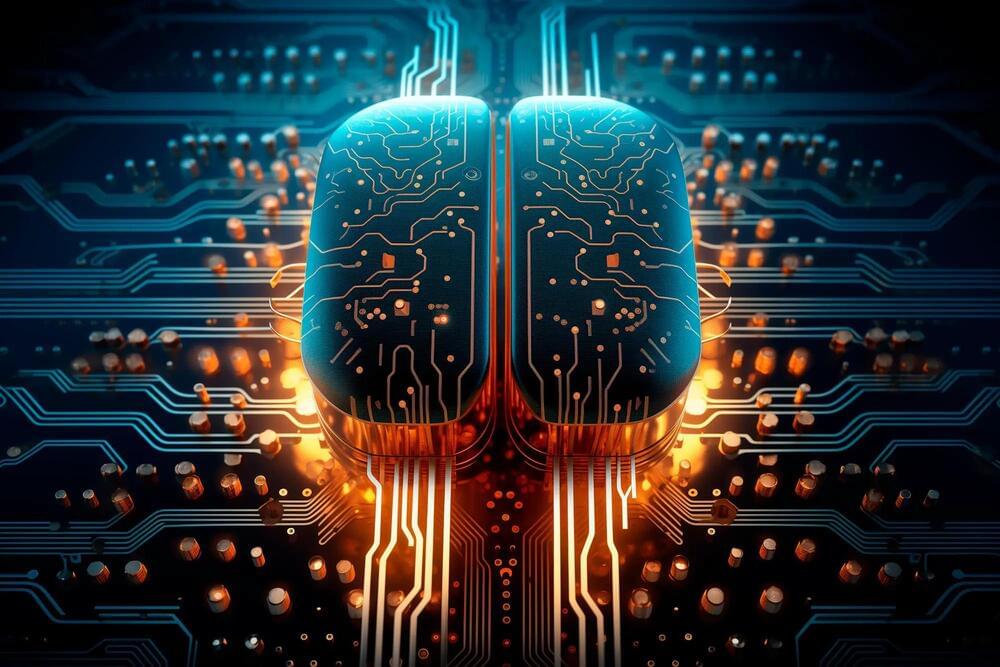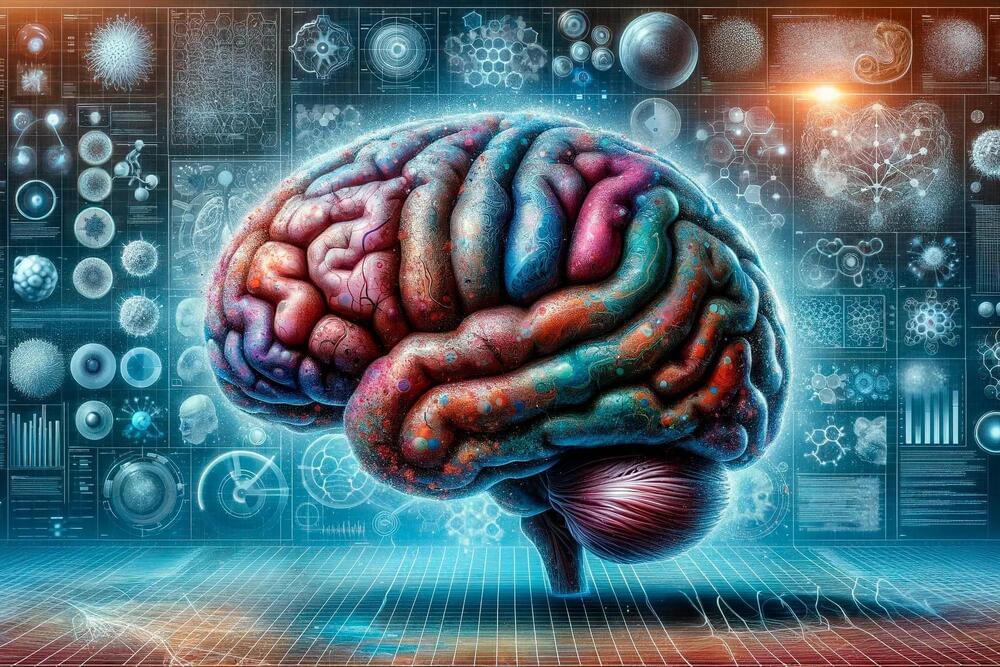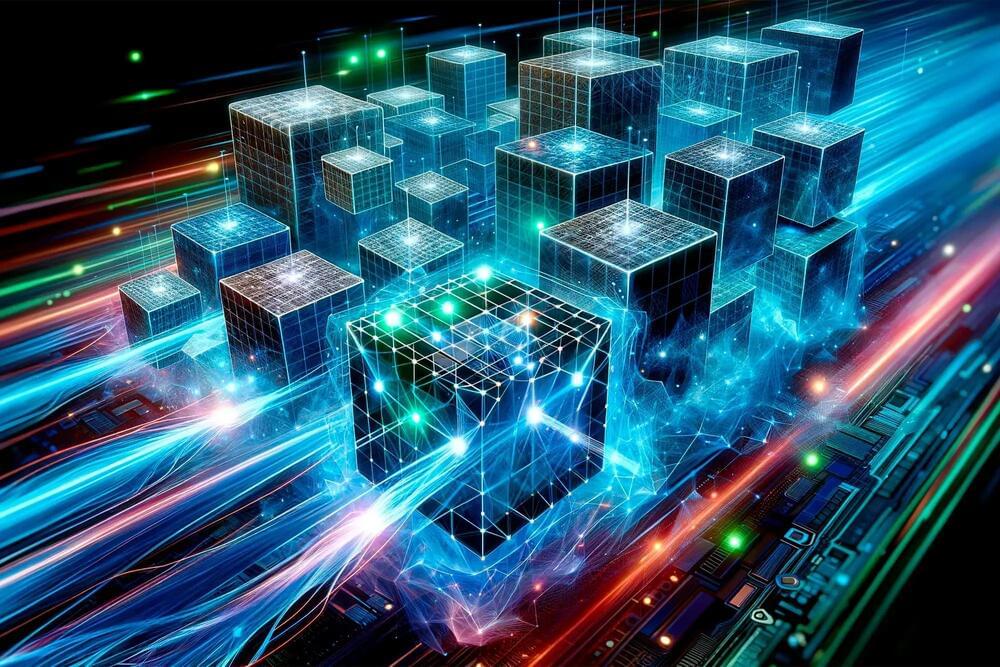Nov 13, 2023
Synchronized Surfing of Self-Propelled Particles
Posted by Saúl Morales Rodriguéz in category: particle physics
Millimeter-sized “surfers” can self-propel across a vibrating liquid surface, interacting with other surfers to create collective patterns.
Self-propelled objects can move in mesmerizing patterns. The collective movements of groups of such objects typically occur in one of two flow regimes: the inertial regime—think swirling schools of fish in water—or the viscous regime—think swarming colonies of bacteria in mucus. Some self-propelled objects can travel in both flow regimes, a possibility that is less explored. Daniel Harris at Brown University, Rhode Island, and colleagues have studied the motion of a new system of self-propelled objects that move in this intermediate regime, finding that the objects organize into several distinct and tunable motion patterns [1]. The researchers say that their surfers may serve as a versatile, accessible model system for developing a detailed understanding of active matter in the intermediate flow regime.
The team considered millimeter-scale plastic “surfers” floating atop a vertically vibrated pool containing a mixture of water and glycerol. The surfers resembled miniature, rectangular boats and had uneven weight distributions across their lengths. With heavier sterns than bows, the surfers bobbed up and down like seesaws when the liquid surface vibrated. The waves that then emanated from the bow and stern of each surfer had unequal amplitudes, with the sterns creating waves with higher amplitudes.


















